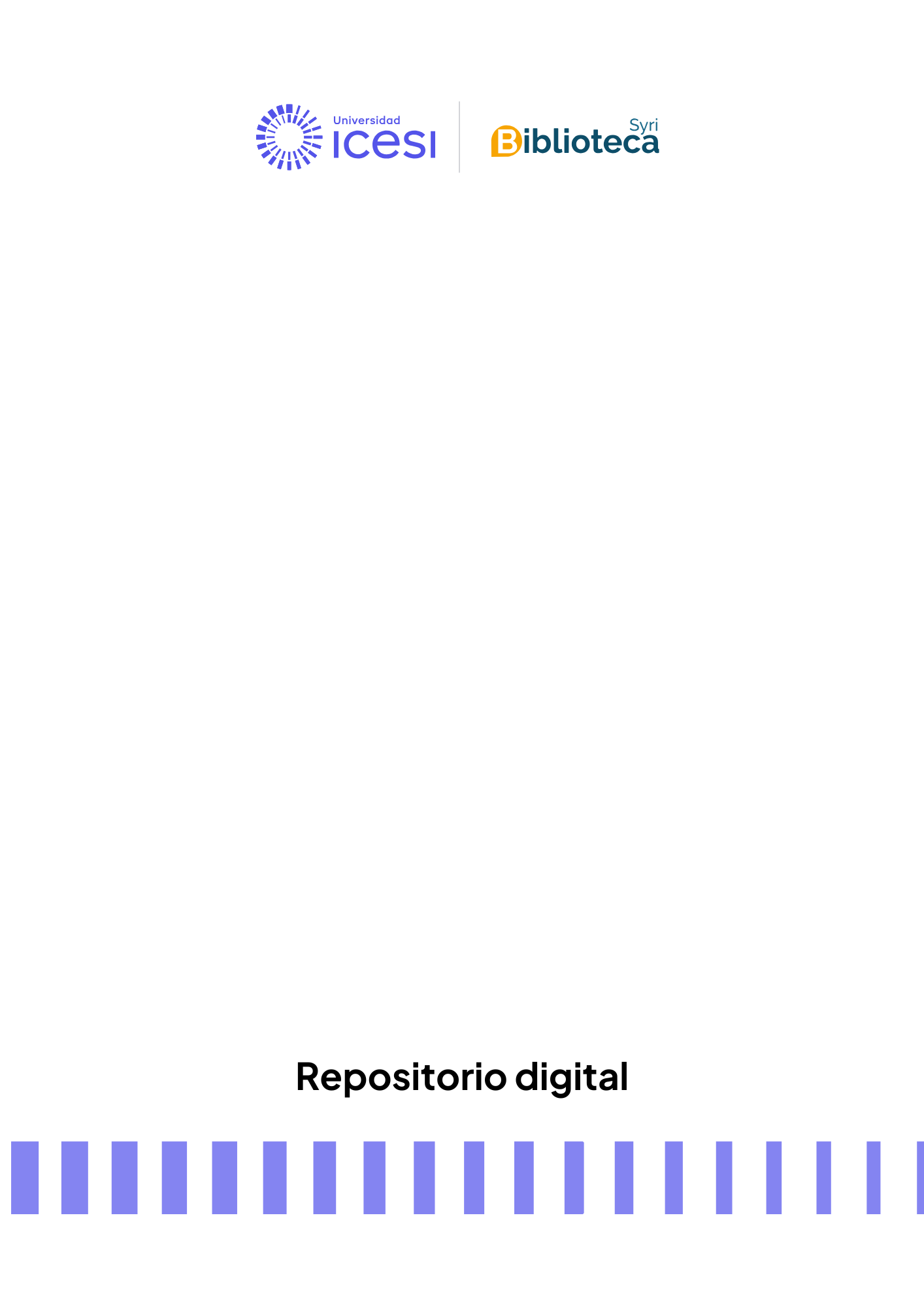Initiation rites at menarche and self-reported dysmenorrhoea among indigenous women of the Colombian Amazon: A cross-sectional study
| dc.contributor.author | Zuluaga, Germán | |
| dc.contributor.author | Andersson, Neil | |
| dc.coverage.country | Inglaterra | |
| dc.date.accessioned | 2024-03-15T21:30:28Z | |
| dc.date.available | 2024-03-15T21:30:28Z | |
| dc.date.issued | 2013-01-01 | |
| dc.description.abstract | Objectives: To investigate the association between self-reported dysmenorrhoea and patterns of female initiation rites at menarche among Amazonian indigenous peoples of Vaupés in Colombia. Design: A cross-sectional study of all women in seven indigenous communities. Questionnaire administered in local language documented female initiation rites and experience of dysmenorrhoea. Analysis examined 10 initiation components separately, then together, comparing women who underwent all rites, some rites and no rites. Settings: Seven indigenous communities belonging to the Tukano language group in the Great Eastern Reservation of Vaupés (Colombia) in 2008. Participants: All women over the age of 13 years living in the seven communities in Vaupés, who had experienced at least two menstruations (n=185), aged 13-88 years (mean 32.5 SD 15.6). Primary and secondary outcome measures: The analysis rested on pelvic pain to define dysmenorrhoea as the main outcome. Women were also asked about other disorders present during menstruation or the precedent days, and about the interval between two menstruations and duration of each one. Results: Only 17.3% (32/185) completed all initiation rites and 52.4% (97/185) reported dysmenorrhoea. Women not completing the rites were more likely to report dysmenorrhoea than those who did so (p=0.01 Fisher exact), taking into account age, education, community, parity and use of family planning. Women who completed less than the full complement of rites had higher risk than those who completed all rites. Those who did not complete all rites reported increased severity of dysmenorrhoea (p=0.00014). Conclusions: Our results are compatible with an association between traditional practices and women's health. We could exclude indirect associations with age, education, parity and use of family planning as explanations for the association. The study indicates feasibility, possible utility and limits of intercultural epidemiology in small groups. | spa |
| dc.description.location | Scopus | |
| dc.description.notes | C5: El material trata sobre un pueblo nativo (etnografías, reseñas culturales) y contiene conceptos importantes para la cultura en lengua nativa mediante palabras aisladas, pero no se hace de la lengua misma el foco de interés. | |
| dc.format.extent | 7 páginas | |
| dc.format.medium | application/pdf | |
| dc.identifier.doi | https://doi.org/10.1136/bmjopen-2012-002012 | |
| dc.identifier.issn | 20446055 | |
| dc.identifier.uri | http://hdl.handle.net/10906/116243 | |
| dc.identifier.url | https://www.scopus.com/inward/record.uri?eid=2-s2.0-84876114162&doi=10.1136%2fbmjopen-2012-002012&partnerID=40&md5=162e2ff5921b248297fcbe09910fa7e0 | |
| dc.language | tatuyo | |
| dc.language | bará | |
| dc.language | carapana | |
| dc.language | tuyuca and tucano | |
| dc.language.iso | eng | |
| dc.publisher | BMJ Publishing Group Ltd. | |
| dc.relation.citationendpage | 7 | |
| dc.relation.citationstartpage | 1 | |
| dc.relation.ispartof | BMJ Open Volume 3 , Issue 3 | |
| dc.rights.license | Atribución-NoComercial-SinDerivadas 4.0 Internacional (CC BY-NC-ND 4.0) | |
| dc.rights.uri | http://creativecommons.org/licenses/by-nc-nd/4.0/ | |
| dc.subject.fam | Tucano oriental | |
| dc.subject.unesco | Adolescent adult aged article colombia | |
| dc.title | Initiation rites at menarche and self-reported dysmenorrhoea among indigenous women of the Colombian Amazon: A cross-sectional study | |
| dc.type.coar | http://purl.org/coar/resource_type/c_6501 | |
| dc.type.local | Artículo de revista | |
| oaire.file | http://purl.org/coar/access_right/c_abf2 | |
| oaire.file.local | Acceso abierto |
Archivos
Bloque original
1 - 1 de 1

